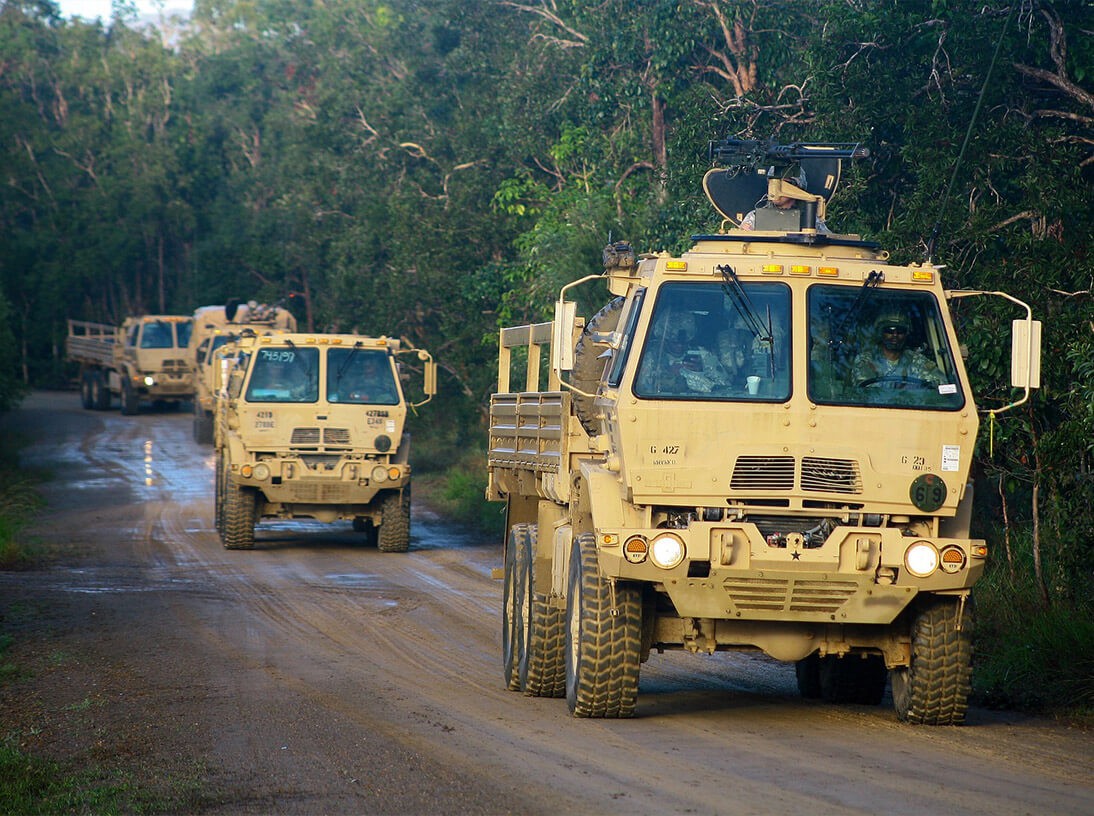Some parts of military equipments require 360° rotation and transmit current or control signals. Slip ring can reduce installation space and improve the performance and structure.
The slip rings in military industry need higher requirements than civil use. Stable performance, long service life and free maintenance are needed, Will be need special requirements according to different applications, like high protection grade, temperature resistance (-55 ° C ~ +120 ° C), anti-vibration, impact resistance, high pressure resistance, low electrical noise (less than 5mΩ), isolation over 60db, signal transmission loss is extremely low and other special requirements. Precious metal gold to gold contact raw materials ensure reliable wear resistance and stability, stainless steel ensure high protection level, also the production precision is required to be very good.
So slip ring will be used in which military equipments? Typical applications are shipborne radar turntables, rotating turrets on military armored vehicles, military agitators, military robots, airborne radar turntables/guided/airborne early warning systems, ship electric propellers, Radar guidance, missile launching, defense systems, etc.
GRAND had passed the certification of weapons and equipments quality management system. GRAND also collaborated with universities, institutes at home and abroad like Chinese Academy of Sciences. There are successful cases in China and Middle East.


